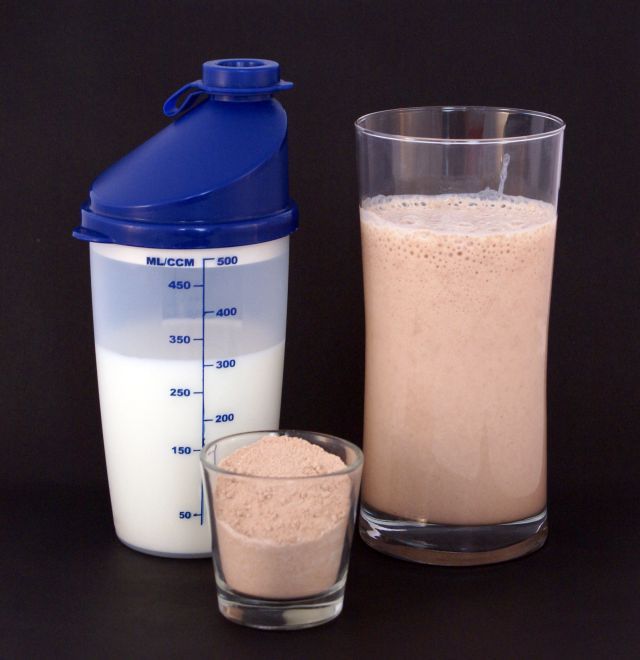Beigeness, bliss points & mouthfeel

Originally published September 20, 2015
- It's not the meal-in-a-pill we've been dreaming of, but protein-rich powdered food substitute Soylent, and the imitators that have sprung up in its wake, appears to be the closest we're going to come to meal replacements for a while.
- Created in 2013 by software engineer Rob Rhinehert, Soylent has attracted $20m+ in funding and inspired similar products like Schmoylent and People Chow.
- It's also provided ample content opportunities for publishers, from journalists documenting their Soylent experiments, to nutritionists pointing out the health risks, to showstopping headlines such as 'The End of Food'.
- But while these products’ main advantages are the time they save us preparing and consuming meals, the fact that they seem to take pride in their utilitarian beigeness could point to a larger trend.
- To wit: is ‘the end of food’ also a result of our growing mistrust of food chain suppliers? Are we reacting to CJD, horse meat, lead-laced liquorice and manipulative junk food optimisers who will stop at nothing to identify the ultimate ‘bliss points’ and ‘mouthfeels’ of sugar-laden supermarket products?
- An interesting person to ask would be Dr Morgaine Gaye, who has one of the best job titles you’re likely to encounter: she’s a food futurologist.
- Her work includes identifying macroeconomic and cultural trends and detailing how they might filter down into food production. Dr. Gaye works with multinationals to help them figure out what flavours, textures and aesthetics to invest in. Check out this interview with her to find out why you’re suddenly seeing seaweed as a flavour and ingredient everywhere...
Curiosities & curations
- Wayfindr: on-the-move audio assistance to help the visually-impaired travel independently.
- Improving online payment experiences through the use of animations.
- This is why telephone keypads look the way they do.
- Where Nigerian email scams came from.
- Nocturne is a newish podcast that looks at the things that go on while most of us are asleep.